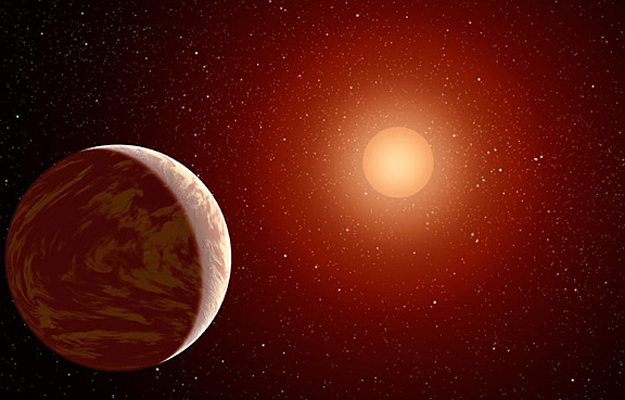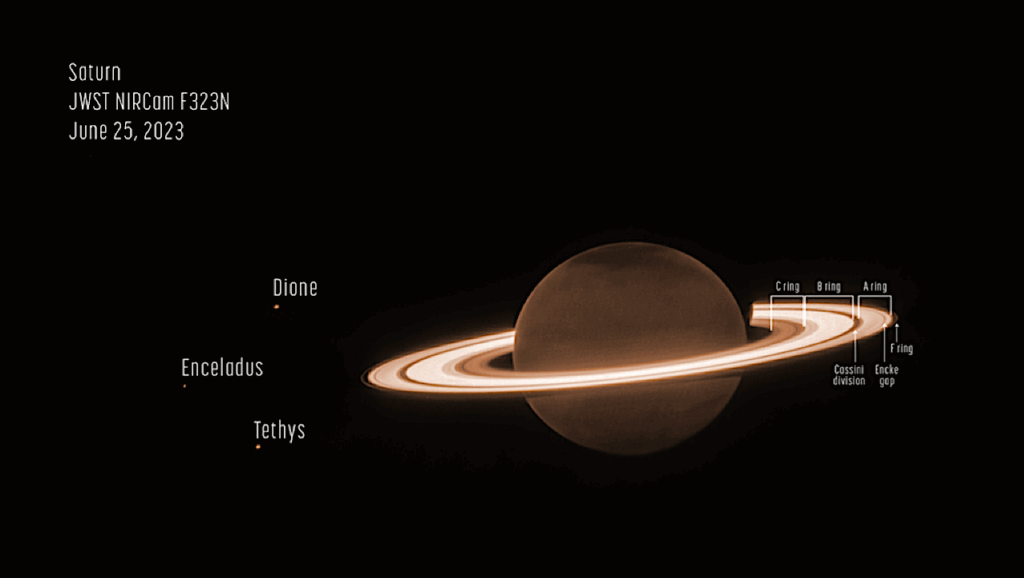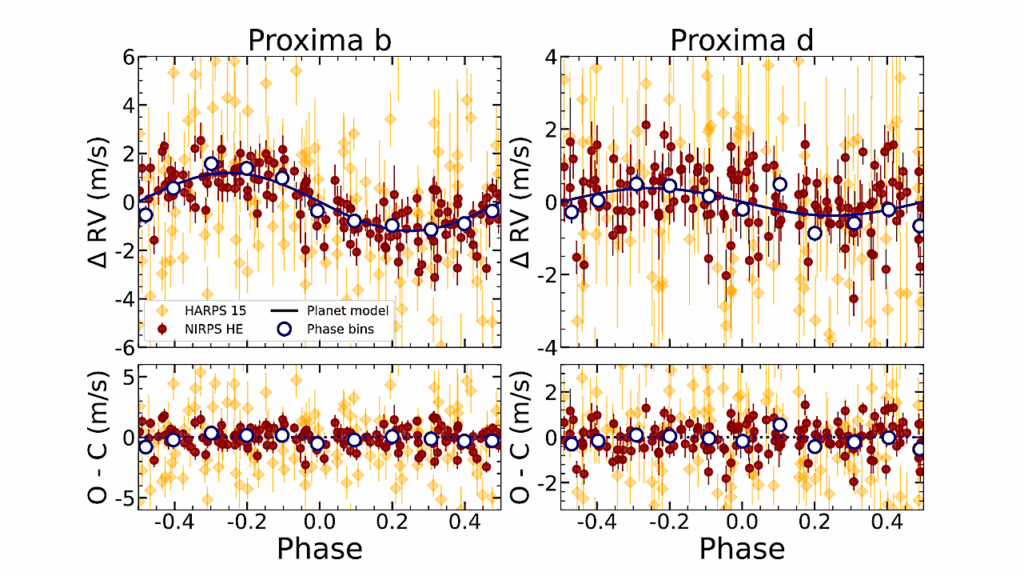Exploring the Climate of Proxima B with the Met Office Unified Model

We present results of simulations of the climate of the newly discovered planet Proxima Centauri B, performed using the Met Office Unified Model (UM).
We examine the responses of both an `Earth-like’ atmosphere and simplified nitrogen and trace carbon dioxide atmosphere to the radiation likely received by Proxima Centauri B. Additionally, we explore the effects of orbital eccentricity on the planetary conditions using a range of eccentricities guided by the observational constraints. Overall, our results are in agreement with previous studies in suggesting Proxima Centauri B may well have surface temperatures conducive to the presence of liquid water. Moreover, we have expanded the parameter regime over which the planet may support liquid water to higher values of eccentricity (>= 0.1) and lower incident fluxes (881.7 Wm-2) than previous work. This increased parameter space arises because of the low sensitivity of the planet to changes in stellar flux, a consequence of the stellar spectrum and orbital configuration. However, we also find interesting differences from previous simulations, such as cooler mean surface temperatures for the tidally-locked case. Finally, we have produced high resolution planetary emission and reflectance spectra, and highlight signatures of gases vital to the evolution of complex life on Earth (oxygen, ozone and carbon dioxide).
Ian A. Boutle, Nathan J. Mayne, Benjamin Drummond, James Manners, Jayesh Goyal, F. Hugo Lambert, David M. Acreman, Paul D. Earnshaw
(Submitted on 27 Feb 2017 (v1), last revised 24 Aug 2018 (this version, v2))
Comments: Astronomy and Astrophysics, in press
Subjects: Earth and Planetary Astrophysics (astro-ph.EP)
Journal reference: A&A 601, A120 (2017)
DOI: 10.1051/0004-6361/201630020
Cite as: arXiv:1702.08463 [astro-ph.EP] (or arXiv:1702.08463v2 [astro-ph.EP] for this version)
Submission history
From: Ian Boutle
[v1] Mon, 27 Feb 2017 19:00:05 GMT (1251kb,D)
[v2] Fri, 24 Aug 2018 15:55:43 GMT (1265kb,D)
https://arxiv.org/abs/1702.08463
Astrobiology








